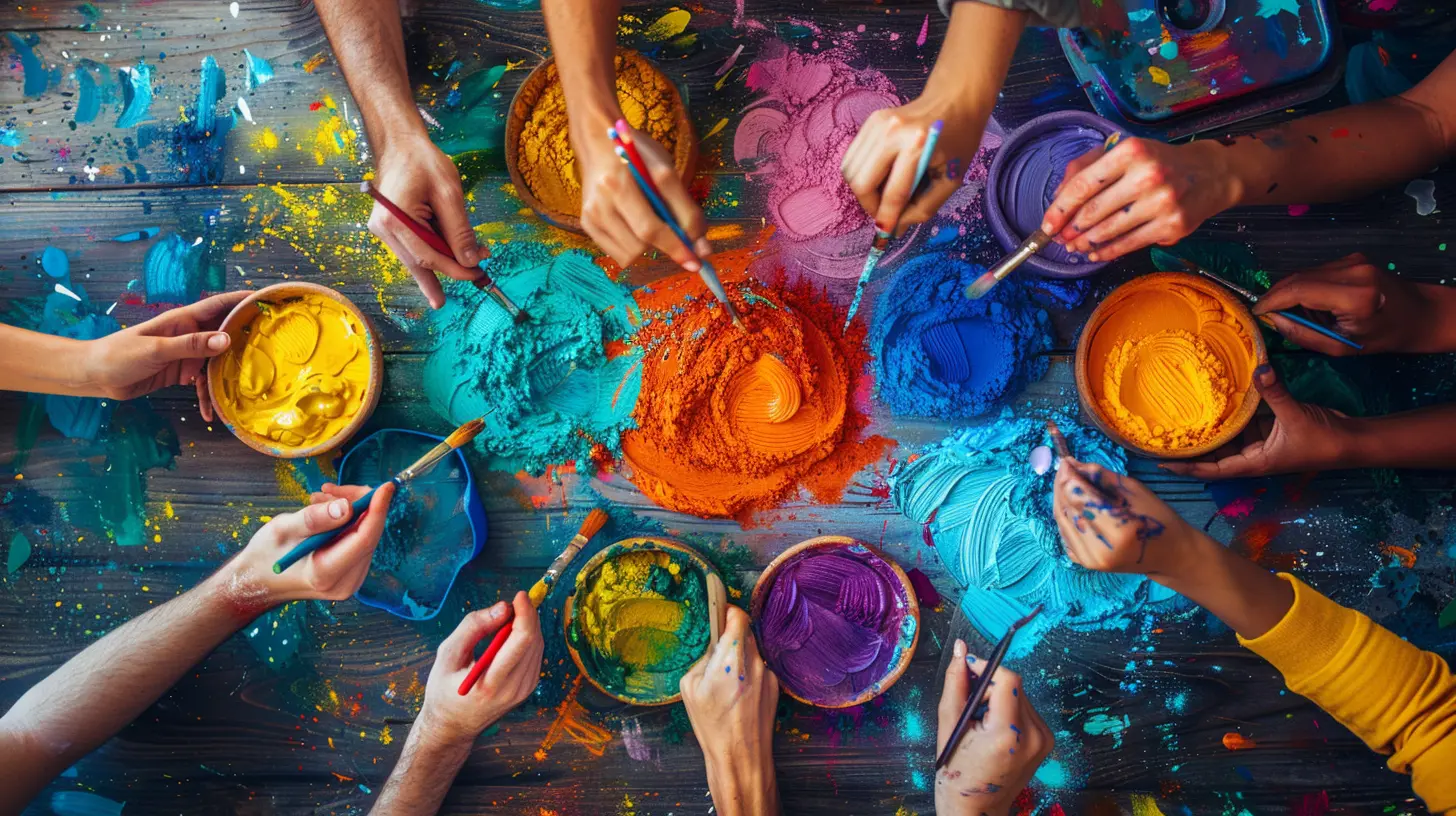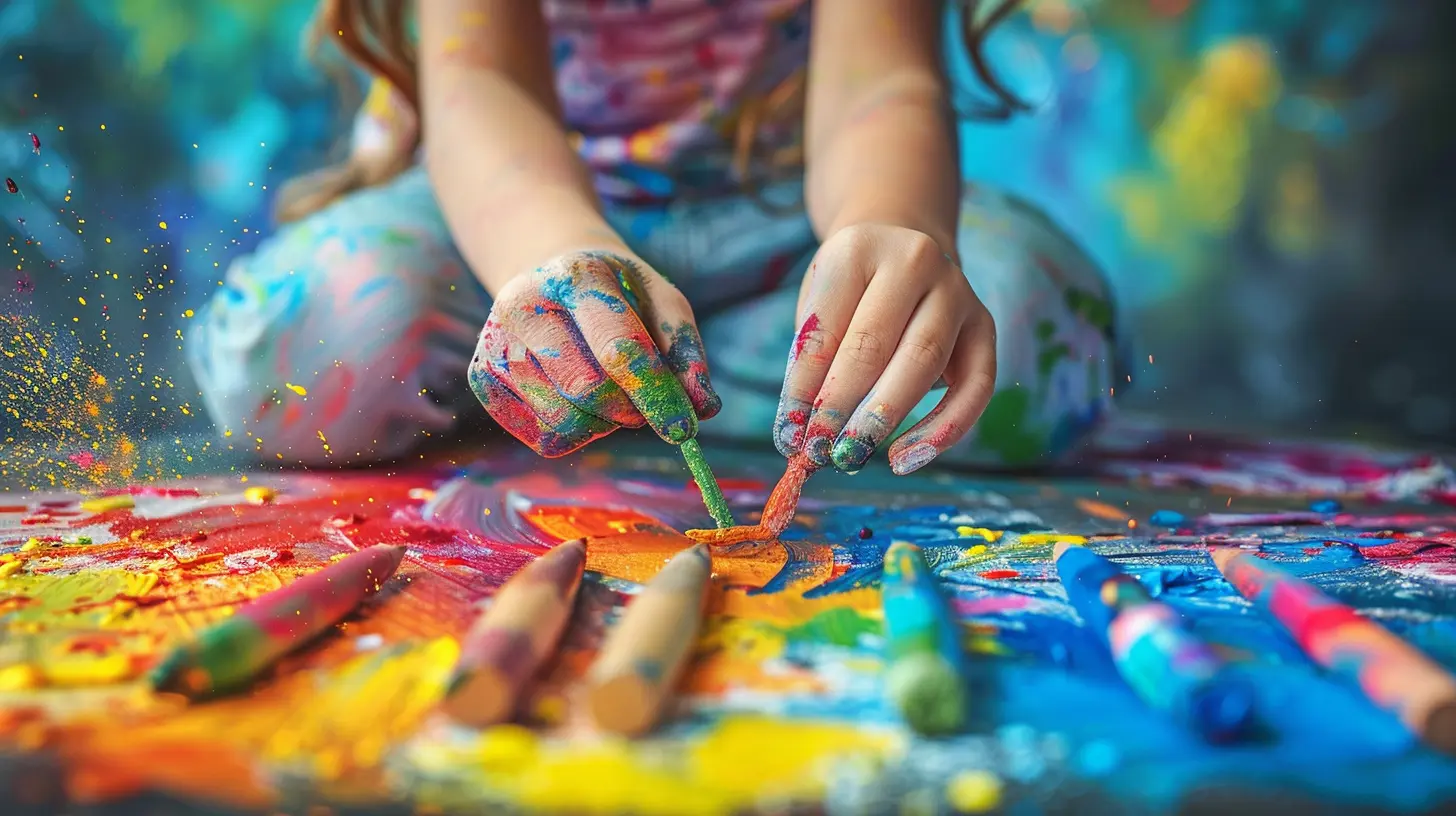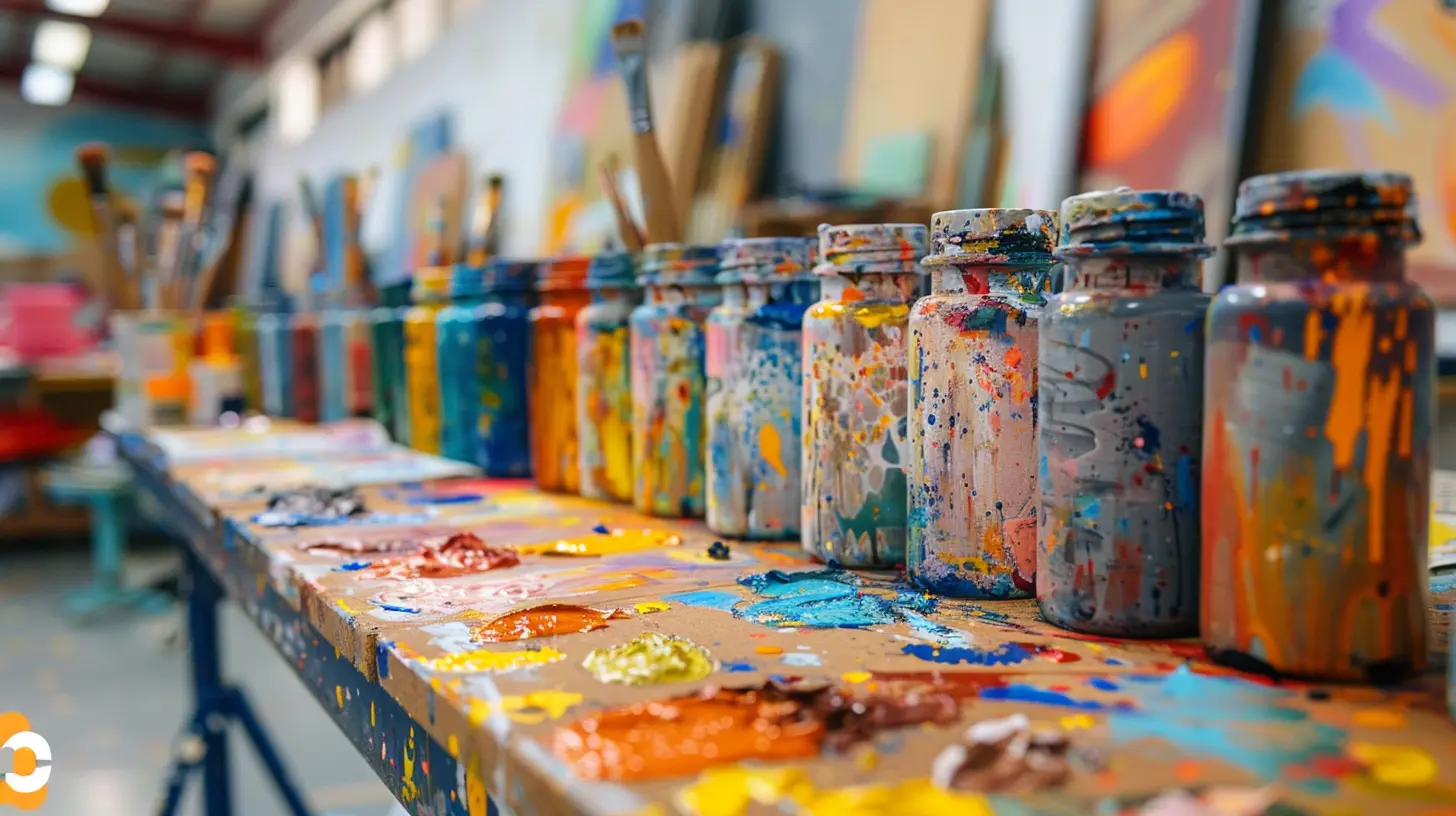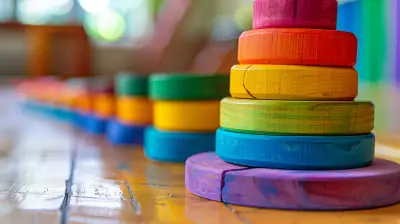21 July 2025
Let’s be honest — when we talk about STEM (Science, Technology, Engineering, and Math), most people picture code, equations, and lab experiments. But where’s the color? Where’s the creativity? Enter Art and Design. Add an "A" to the acronym and you have STEAM — a more vibrant and holistic approach to learning that blends creativity with logic.
Bringing art and design into STEM activities isn’t just a cool trend; it’s transforming education as we know it. It’s making learning more engaging, helping students develop soft skills, and fueling innovation. So, let’s dive into how integrating art and design into STEM isn’t just beneficial — it’s essential.
Why Add Art to STEM in the First Place?
Let’s tackle the big question: Why should we even mix paint with math or poetry with physics?1. Art Sparks Curiosity and Creativity
Art pushes you to think outside the box. When students engage with art, they’re not just following instructions — they’re inventing, experimenting, and expressing ideas in unique ways. That kind of thinking is exactly what STEM fields need. Engineers solve problems, but artists imagine them first. Scientists discover new things, but designers show us how they fit into our lives.2. Real World Problems Require Creative Solutions
Whether it’s climate change or designing safer cars, problem-solving today isn’t just about formulas. It requires storytelling, design thinking, and audience empathy — all rooted in the arts. Art helps students visualize problems and communicate ideas more effectively.3. It Builds Communication Skills
Can you explain your coding project to someone who doesn't code? What about pitching your invention to people outside your field? Art teaches self-expression, narrative building, and empathy — crucial skills in any STEM role.
Benefits of Integrating Art and Design into STEM
Blending disciplines isn't just fun — it has some pretty serious perks.Enhances Engagement
Let’s face it, not every student is naturally drawn to numbers or mechanical theories. By weaving in art and design, you instantly make STEM more inviting. Students who might zone out during a physics lecture come alive when asked to design a kinetic sculpture.Diversifies Thinking Styles
Left brain vs. right brain — it’s a classic debate, but there's truth to it. STEM traditionally focuses on analytical, linear thinking. Art, on the other hand, thrives on intuition, emotion, and visual-spatial reasoning. When you put the two together, students use both sides of their brain. It’s like giving them a mental full-body workout.Encourages Collaboration
Group projects that combine coding, visuals, and storytelling push students to collaborate across disciplines. That mirrors real-world work environments where designers, engineers, and marketers must sync their visions to bring a product to life.Prepares Students for Future Careers
The job market craves creative innovators. Think UX designers, data visualization experts, and interactive technology developers. These roles blend art and STEM seamlessly. Integrating art into STEM education gives students a competitive edge in these high-growth fields.
Practical Ways to Integrate Art and Design into STEM Activities
So how do we actually do it? Good news: You don’t need a whole new curriculum. Just some creativity and a willingness to bend traditional boundaries.1. Design-Based Learning Projects
Instead of just solving a problem on paper, get students to design a prototype. Whether it's designing a water filtration system or a sustainable housing model, encourage them to think about aesthetics, user experience, and functionality.For example, in a lesson on environmental engineering, students could redesign everyday items for sustainability and present their concepts with visual mockups and 3D models.
2. Use Digital Art Tools
There are tons of cool tools out there — think Tinkercad, SketchUp, or Adobe Illustrator. These platforms let students design, simulate, and visualize their ideas. Coding students can use platforms like p5.js to create digital art while learning JavaScript.3. Animate Scientific Concepts
Why not have students create animations to explain Newton’s laws or the lifecycle of a star? Animation combines storytelling with science in a way that sticks. Plus, it's a lot more engaging than a textbook diagram.4. Create STEAM Challenges
How about a “Build a Musical Instrument” challenge? Students use physics (sound waves), engineering (structure), and art (design and aesthetics) to make an actual instrument. It’s hands-on, creative, and super educational.5. Incorporate Performance Arts
Ever tried using theater to teach biology? Students can act out cell division or simulate a chemical reaction with dance. Sounds crazy? Maybe. But it works — and they’ll never forget those lessons.
Real-Life Examples of STEAM in Action
Let’s check out how this fusion plays out in the real world.The Spider Dress
Designer Anouk Wipprecht created a dress with robotic spider legs that react to the wearer’s environment. It’s fashion, robotics, and behavioral psychology rolled into one. Not only is it stylish, but it integrates motion sensors and embedded systems — a perfect example of STEAM.NASA’s Visual Communication
NASA doesn’t just launch rockets. They also need to visualize data, share information, and engage the public. From infographics to simulations, they depend on artists and designers to make complex ideas digestible.Architecture and Urban Planning
Architects are the OGs of STEAM. They blend math, engineering, art, and environmental science to create buildings that are both functional and beautiful.Techniques for Teachers to Start the Integration
Want to bring STEAM into your classroom? Here’s how to start small but think big.Start with Interdisciplinary Projects
Don’t try to force it. Begin with a topic that lends itself naturally to multiple disciplines. Studying space? Add a module where students draw planetary systems or compose music inspired by Mars.Collaborate with Art and Music Teachers
Team-teaching can be powerful. A science teacher and an art teacher can co-create a unit on anatomy by combining biology with figure drawing classes.Rethink Assessment
Instead of only using tests, consider project-based learning. Let students present portfolios, exhibit their work, or conduct presentations. Let creativity be something that's evaluated, not sidelined.Get Professional Development
Plenty of workshops and webinars exist to help educators make this shift. Look into programs run by organizations like ISTE, Edutopia, or The STEAM Journal.Debunking Some Common Myths
“Art doesn’t belong in STEM. It’s fluff.”Not true at all. Art is a thinking process — one that involves problem-solving, experimentation, and revision. It’s not fluff; it’s the glue.
“STEAM distracts from academic rigor.”
Quite the opposite. Creative engagement actually boosts retention. Students remember lessons better when they’ve built, drawn, or performed them.
“It’s only for elementary or young students.”
STEAM is just as relevant in high school and college. In fact, higher-level students can tackle more complex interdisciplinary projects with real-world applications.
Challenges to Expect (And How to Face Them)
Change is hard. Here are a few bumps you might hit and ways to roll over them.Lack of Resources
Sometimes supplies are limited. But integration doesn’t need top-dollar tech. Even paper, glue, and an old projector can work magic. Creativity thrives under constraints.Resistance from Traditionalists
Some educators may fear lowering academic standards. Combat this with research-backed evidence and success stories — and by starting with small wins.Time Constraints
It’s true — interdisciplinary projects can take longer. But the return on investment in student learning is totally worth it. Try integrating just one STEAM project per unit if you're short on time.The Future Is STEAMy 🔥
In a world where AI writes code and machines can analyze data faster than humans, the creative human touch is more important than ever. The edge we bring to the table is our ability to connect dots, tell stories, design experiences, and imagine what doesn’t yet exist.Integrating art and design into STEM helps nurture that imagination. It teaches students not just how to build but also why to build — and for whom.
So, next time you plan a STEM lesson, throw some art into the mix. Let students sketch, sing, build, paint, code, and create. Because the future belongs to those who can blend logic with creativity and turn ideas into action.
Final Thoughts
We’re not saying you have to become a Picasso with a Ph.D. in physics. But recognizing the value of the arts in technical disciplines is a game-changer. It leads to more innovative thinking, more well-rounded learners, and, frankly, more fun in the classroom.So go ahead — color outside the lines. Design, code, experiment, and perform. That’s how real learning happens.








Lira Moore
Fantastic insights! Integrating art and design into STEM not only enhances creativity but also fosters critical thinking. Excited to see how this approach inspires future innovators!
November 25, 2025 at 12:12 PM